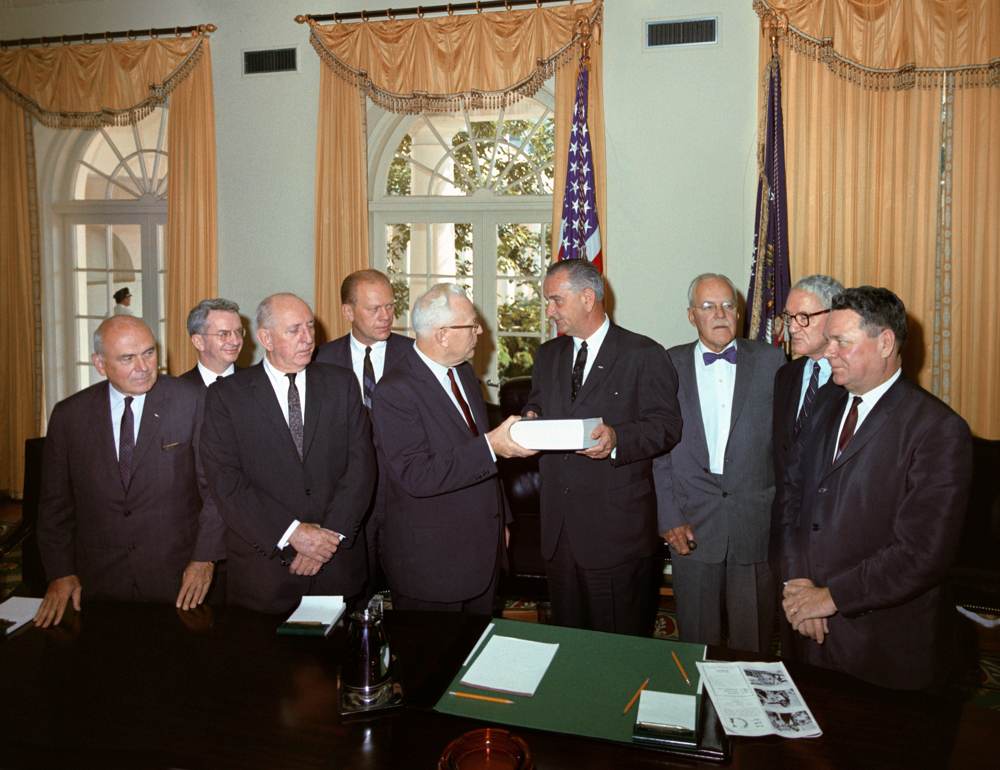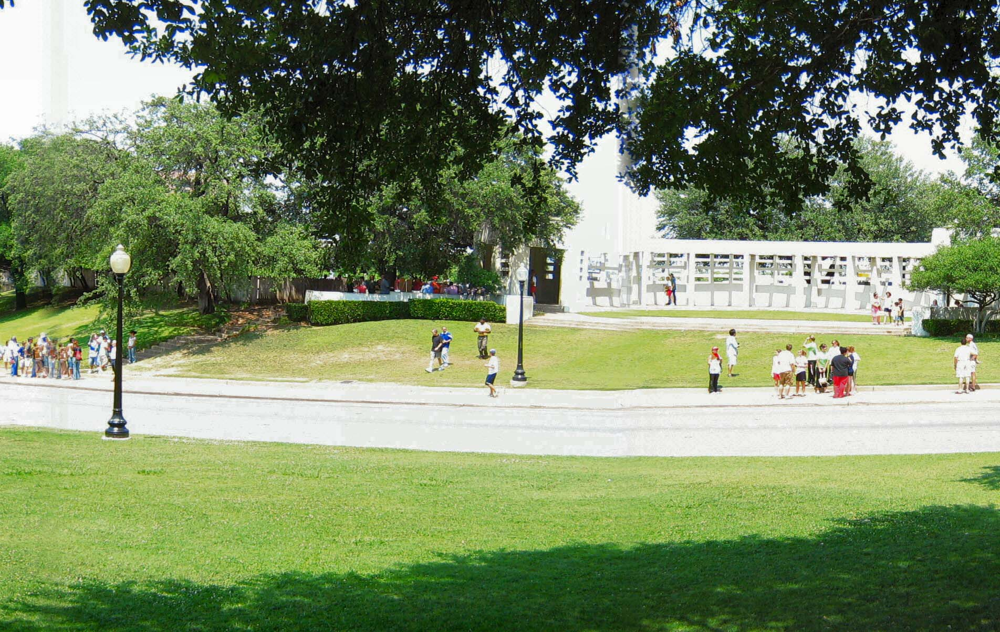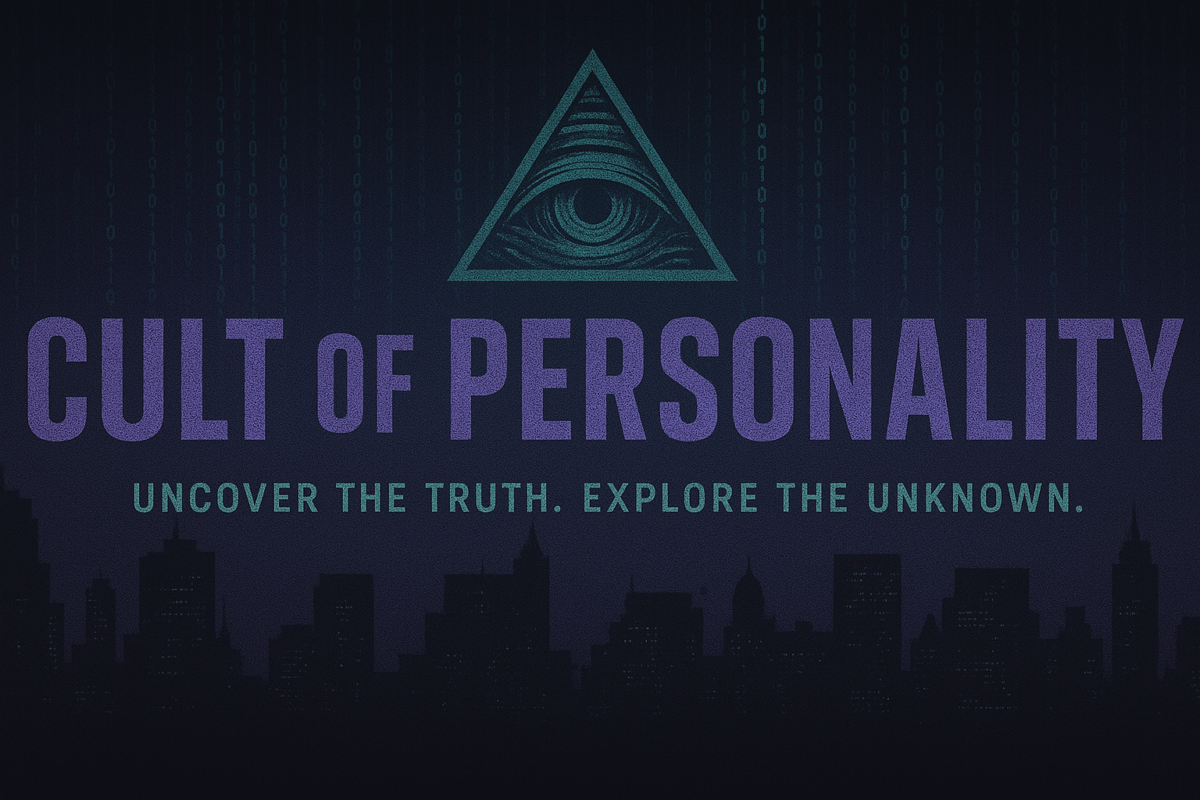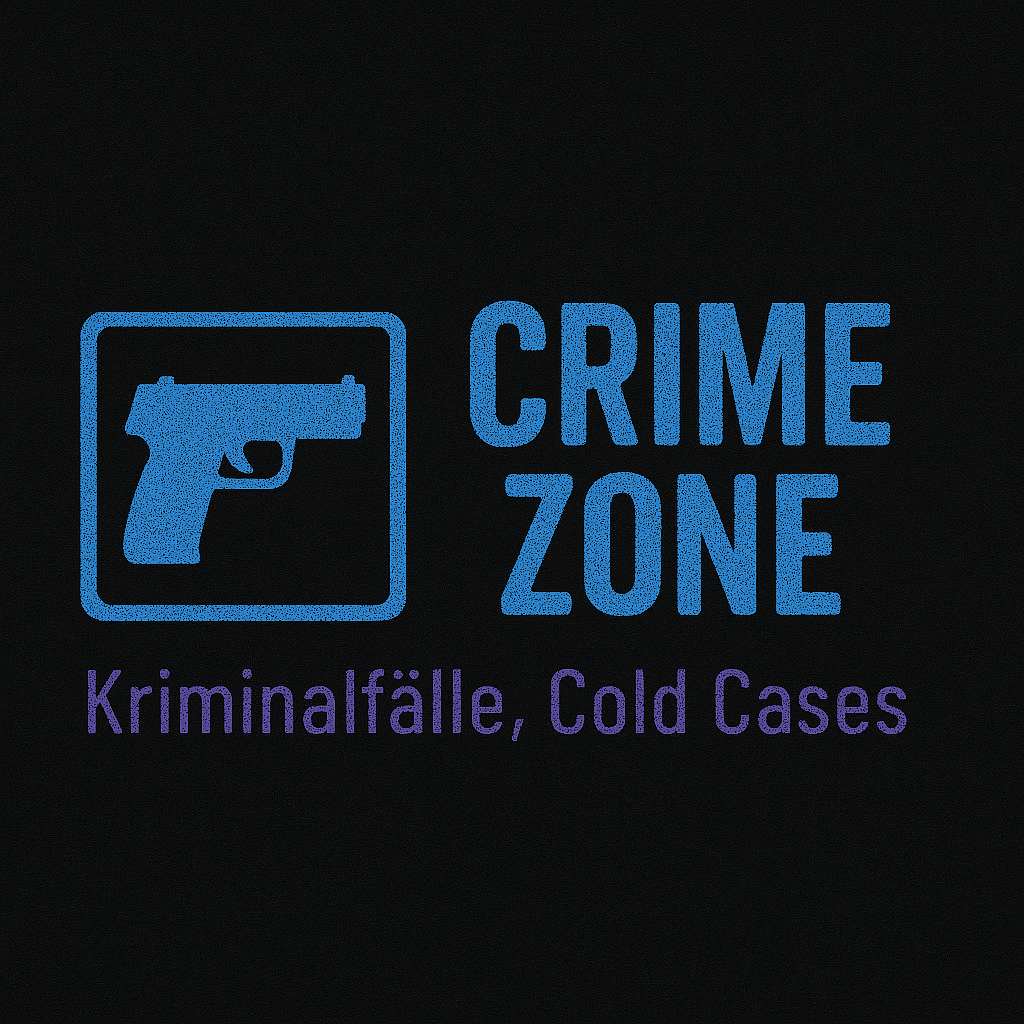The Day a Nation Was Shattered
At midday on November 22, 1963, a festive mood filled the air in Dallas. Thousands lined the streets as President John F. Kennedy rode through downtown in an open-top limousine. Beside him, First Lady Jacqueline Kennedy was beaming – neither had any idea that minutes later they would be part of one of the most shocking moments of the 20th century. Not far along the motorcade route, on the sixth floor of the Texas School Book Depository, Lee Harvey Oswald lay in wait with an Italian-made Mannlicher-Carcano rifle
Precisely at 12:30 p.m., gunshots rang out across Dealey Plaza. Kennedy was struck and collapsed; his car sped toward Parkland Hospital, but at 1:00 p.m. he was pronounced dead
In those seconds – immortalized in the Zapruder film – America changed forever.
Timeline of Events and Initial Reactions
What happened next felt like a dark nightmare: Within 90 minutes, Oswald was arrested after fatally shooting a patrolman who chanced upon him. Two days later – with live TV cameras rolling – nightclub owner Jack Ruby stepped forward and shot Oswald in the basement of Dallas police headquarters. That iconic scene, captured in an award-winning photograph, shocked the public all over again. On the flight back to Washington, Lyndon B. Johnson took the oath of office as the new President aboard Air Force One, with Jacqueline Kennedy by his side. Meanwhile in Dallas, the crime scene at Dealey Plaza had already begun to etch itself into history as a somber pilgrimage site. The “grassy knoll” – that small slope of grass to the right of the motorcade’s path – would soon become the focal point of endless speculation.
Official Investigations: Warren and Congress
President Johnson swiftly appointed a commission led by Chief Justice Earl Warren to investigate the crime. The Warren Commission – a panel of high-profile statesmen – spent ten months meticulously examining witness testimony, ballistics analyses, and intelligence reports. Its conclusion was unequivocal: Oswald, a 24-year-old ex-Marine and communist, had acted alone; there was no evidence of a conspiracy
When Warren and his colleagues presented their report to President Johnson on September 24, 1964, many hoped it would bring closure to a grieving nation. The opposite occurred: Public skepticism endured. Critics zeroed in on the “magic bullet” theory, which was meant to explain how a single bullet could strike both Kennedy and Texas Governor John Connally. Even President Johnson privately doubted the single-gunman narrative, wondering if there had been multiple shooters.
In the late 1970s, the U.S. House of Representatives revisited the case. The newly formed House Select Committee on Assassinations (HSCA) investigated JFK’s assassination (as well as Dr. Martin Luther King Jr.’s). In 1979, the HSCA made waves: Based on acoustic analysis of a police radio recording, it believed it had evidence of a possible second gunman. In its final report, the committee stated that Kennedy’s death was “probably the result of a conspiracy” – a remarkable departure from the Warren Commission’s findings. However, the HSCA could not identify any specific conspirators. Even the committee’s acoustic evidence was disputed: In 1982 the National Academy of Sciences concluded the supposed gunshot sounds were recorded after the assassination. Nevertheless, the genie was out of the bottle – doubts about the lone gunman theory have never been fully put to rest.

Members of the Warren Commission present their final report on the Kennedy assassination to President Lyndon B. Johnson (September 1964). Despite an exhaustive investigation, conspiracy rumors persisted.
The Alleged Assassin: Oswald’s Enigmatic Past
Who was Lee Harvey Oswald, and what drove him? Oswald’s life story reads like a Cold War allegory: raised in the American South, former Marine, committed Marxist – he actually defected to the Soviet Union in 1959. He later returned to Texas with his Russian wife, Marina. In 1963, he popped up in New Orleans as a vocal supporter of Fidel Castro, handing out “Fair Play for Cuba” pamphlets. Just weeks before the assassination, Oswald traveled to Mexico City seeking visas for Cuba and the USSR. FBI documents declassified decades later confirm these visits to Cuban and Soviet offices. The fact that intelligence agencies were monitoring Oswald so closely has fueled speculation: Could the assassination have been prevented? Indeed, newly released files reveal major intelligence failures: The CIA and FBI had information about Oswald’s activities – even warnings – yet these reports were not fully shared. Some of those insights were withheld from the Warren Commission. Thus emerges a picture of Oswald as a ticking time bomb that authorities underestimated.
Motives Under the Microscope: Who Benefited from Kennedy’s Death?
Once the initial shock subsided, people asked: Could a lone, deranged individual really have killed the most powerful man in the world? Or was something larger at play? Soon various theories circulated – some plausible, others seemingly ripped from a spy thriller:
- The “Second Shooter” Theory: Many witnesses reported hearing shots from the now-infamous grassy knoll ahead of the motorcade. And indeed, the HSCA identified a possible fourth shot that may have come from the front. The famous Zapruder film is often scrutinized for evidence that a bullet struck Kennedy’s head from the front. To this day, no indisputable second shooter has been identified – but the knoll remains a symbol of the assassination’s enduring mysteries.
- Fidel Castro and Cuba: Kennedy had overseen the Bay of Pigs invasion and numerous CIA plots to kill Castro. Did the Cuban leader order a hit in retaliation? Castro vehemently denied it; in a secret meeting with a Warren Commission emissary, he insisted Cuba had nothing to do with Kennedy’s murder. Still, just two months before the assassination, Castro ominously warned that U.S. leaders wouldn’t be safe if they continued to aid plots against Cuban officials. Oswald’s pro-Castro sympathies and his visit to the Cuban embassy pour fuel on this theory’s fire. However, no concrete proof of a Cuban conspiracy has surfaced.
- The Mafia: Kennedy’s brother Robert, as Attorney General, was waging war on organized crime – mob bosses like Sam Giancana and Carlos Marcello felt the heat. At the same time, the mafia was enraged by Kennedy’s failure to overthrow Castro, which cost them lucrative Havana casinos. Jack Ruby’s underworld connections – he knew gangsters and smuggled weapons – appeared suspicious. This raised the question: Did Ruby silence Oswald to protect mob higher-ups? The HSCA found indications that individual mobsters at least had motive and opportunity – naming Marcello and Santo Trafficante specifically. However, the committee could not establish that organized crime as a whole orchestrated the assassination.
- The CIA & Inside Job Hypothesis: One of the most radical claims is that forces within the U.S. government itself saw Kennedy as a liability. After the Cuban Missile Crisis, Kennedy had begun back-channel peace feelers toward the Soviets, was planning to pull out of Vietnam, and had fired CIA Director Allen Dulles following the Bay of Pigs debacle. Did this make him a target for hardliners? New Orleans District Attorney Jim Garrison – famously portrayed in Oliver Stone’s film “JFK” – painted a grim scenario in 1967: elements of the CIA, military, and anti-Castro Cuban exiles teamed up to eliminate a president they viewed as a traitor. This sweeping conspiracy has never been proven – Garrison’s own trial of an alleged conspirator ended in acquittal. But that the CIA engaged in plenty of shady operations (sometimes with unsavory characters) in the 1960s is well documented. Some coincidences still raise eyebrows in hindsight: For instance, former CIA chief Allen Dulles – whom Kennedy had ousted – ended up helping lead the Warren Commission’s inquiry, even questioning witnesses.

View of the “grassy knoll” (the white pergola at right, where Zapruder filmed Kennedy’s fatal headshot) in Dealey Plaza. Many eyewitnesses thought shots were fired from this area – a central element in numerous conspiracy theories.
Revelations and Declassifications: Puzzle Pieces up to 2025
Over six decades after the shots in Dallas, the quest for the full truth continues. In the 1990s and 2000s, public pressure forced authorities to release millions of pages of long-secret files. By 2017 – thanks to the JFK Records Act (1992) – most government documents on the assassination were set to be opened. President Trump delayed some releases in 2017, citing national security, but eventually authorized the disclosure of hundreds of thousands of pages. His successor Joe Biden continued the process, and by March 2025 all remaining classified assassination records were finally made public without redactions. The National Archives now holds over 6 million pages related to the assassination.
The burning question: Did anything groundbreaking emerge? So far, there’s been no “smoking gun” – no definitive proof of a conspiracy. But the puzzle pieces have come into sharper focus:
- CIA Knowledge of Oswald: For years the CIA claimed it had no relationship with Oswald. But persistent researchers like Jefferson Morley uncovered hints that Oswald might have been drawn into a CIA anti-Castro maneuver in summer 1963. Morley alleges that Oswald was involved in a covert operation designed to smear Castro – a provocation to justify a U.S. invasion. The files of George Joannides, a late CIA officer linked to anti-Castro groups, were kept sealed for decades. Only in 2023 did the CIA fully declassify Oswald’s “201” file – essentially his pre-assassination CIA profile – which details what the Agency knew about Oswald before the shooting. A CIA memo dated November 23, 1963, for instance, reveals that Oswald had been in contact with a KGB officer in Mexico City. Other internal communications from 1964 suggest former CIA Director John McCone wasn’t entirely truthful with the Warren Commission about what the Agency knew. This concealment of knowledge – whether out of malice or bureaucratic cover-up – has, in retrospect, only fueled suspicions of a wider plot.
- Intelligence Failures: The declassified FBI files confirm that both the FBI and CIA were aware of Oswald’s potential for violence but failed to act. Oswald’s threats against former General Edwin Walker and his Cuba-related activities were on record, but he wasn’t seen as an imminent threat. The new records also show how agencies squabbled for years over what information to release. The CIA apparently tried to withhold certain documents from congressional investigators in the 1970s. This raises the suspicion that – even if they weren’t part of a conspiracy – officials may have covered up their own lapses.
- Ruby and Associates: The files also cast more light on Jack Ruby. There’s evidence suggesting stronger ties between Ruby and organized crime figures than officially acknowledged. FBI surveillance records indicate Ruby made anxious rounds of phone calls in the days before he killed Oswald. So was Ruby’s act one of spontaneous “patriotism,” as he claimed, or was it a planned hit to silence Oswald? One thing is certain: Ruby died of cancer in prison in 1967 without ever fully spilling whatever secrets he might have held.
An Endless Enigma?
Despite thousands of books, documentaries, and now a fully opened archive, some questions remain unanswered – perhaps forever. The Kennedy assassination is more than a historical whodunit; it has become a cultural touchstone. For many Americans it symbolizes a breach of trust between the government and its people. Every new tidbit – whether CIA memos, KGB reports, or mafia chatter – is scrutinized, yet the overall picture stays muddled.
Today, in 2025, a kind of consensus has emerged: Oswald did fire the shots that killed Kennedy – but was he truly just a lone nut? Most historians and official investigations say yes, yet a majority of the public still suspects otherwise. Because where politics, espionage, and the underworld intersect, conspiracy theories then and now find fertile ground.
Perhaps former CIA Director Richard Helms put it most candidly when asked whether there was a conspiracy in Dallas: “We’ll probably never know.” And so the murder of John F. Kennedy remains a partially unsolved chapter of history – an American trauma that continues to fascinate, haunt, and drive the pursuit of transparency about violence in the political realm.
📚 Quellen / Sources:
• National Archives – JFK Assassination Records Collection
• Warren-Kommission – Abschlussbericht (PDF)
• House Select Committee on Assassinations – Final Report (1979)
• CIA – JFK Assassination Files (FOIA Reading Room)
• FBI – JFK Assassination Vault
• John F. Kennedy Presidential Library and Museum
• The Sixth Floor Museum – Zapruder Film & Analysis
• Jefferson Morley – JFKFacts.org
• Mary Ferrell Foundation – JFK Document Archive
• AP News – Declassified Files Coverage (2022–2025)

